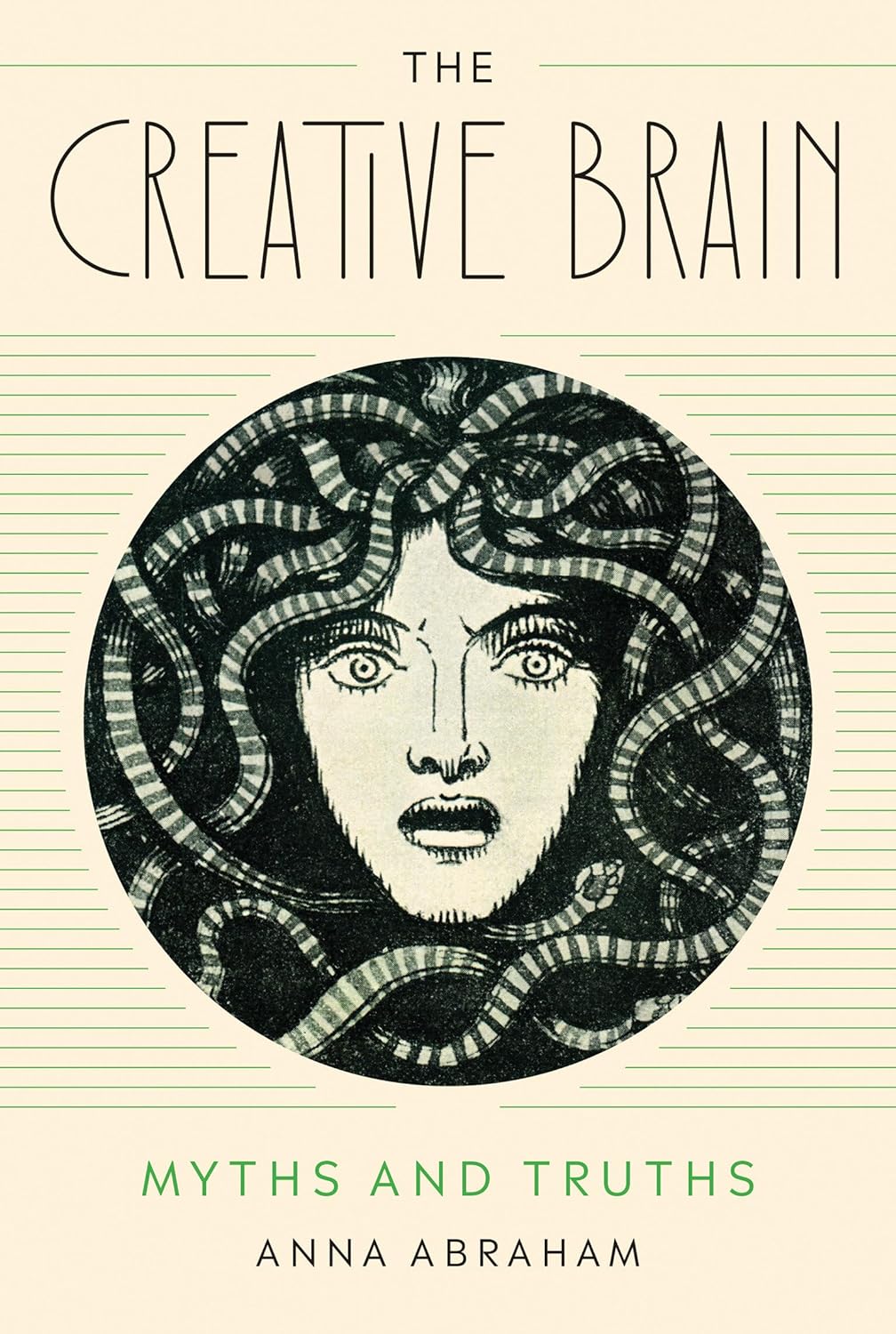

Most ebook files are in PDF format, so you can easily read them using various software such as Foxit Reader or directly on the Google Chrome browser.
Some ebook files are released by publishers in other formats such as .awz, .mobi, .epub, .fb2, etc. You may need to install specific software to read these formats on mobile/PC, such as Calibre.
Please read the tutorial at this link: https://ebookbell.com/faq
We offer FREE conversion to the popular formats you request; however, this may take some time. Therefore, right after payment, please email us, and we will try to provide the service as quickly as possible.
For some exceptional file formats or broken links (if any), please refrain from opening any disputes. Instead, email us first, and we will try to assist within a maximum of 6 hours.
EbookBell Team

0.0
0 reviewsWhat is the relationship between creativity and madness? Creativity and intelligence? Do psychedelics truly enhance creativity? How should we understand the left and right hemispheres of the brain? Is the left brain, in fact, the seat of reasoning and the right brain the seat of creativity? These are just some of the questions Anna Abraham, a renowned expert of human creativity and the imagination, explores in The Creative Brain, a fascinating deep dive into the origins of the seven most common beliefs about the human brain. Rather than endorse or debunk these myths, Abraham traces them back to their origins to explain just how they started and why they spread—and what at their core is the truth.
Drawing on theoretical and empirical work in cognitive psychology and neuroscience, Abraham offers an examination of human creativity that reveals the true complexity underlying our conventional beliefs about the brain. The chapters in the book explore the myth of the right brain as the hemisphere responsible for creativity; the relationship between madness and creativity, psychedelics and creativity, atypical brains and creativity, and intelligence and creativity; the various functions of dopamine; and lastly, the default mode revolution, which theorized that the brain regions most likely to be involved in the creative process are those areas of the brain that are most active during rest or mind-wandering.
An accessible and engaging read, The Creative Brain gets to the heart of how our creative minds work and why some people are more creative than others, offering illuminating insights into what on its surface seems to be an endlessly magical phenomenon.